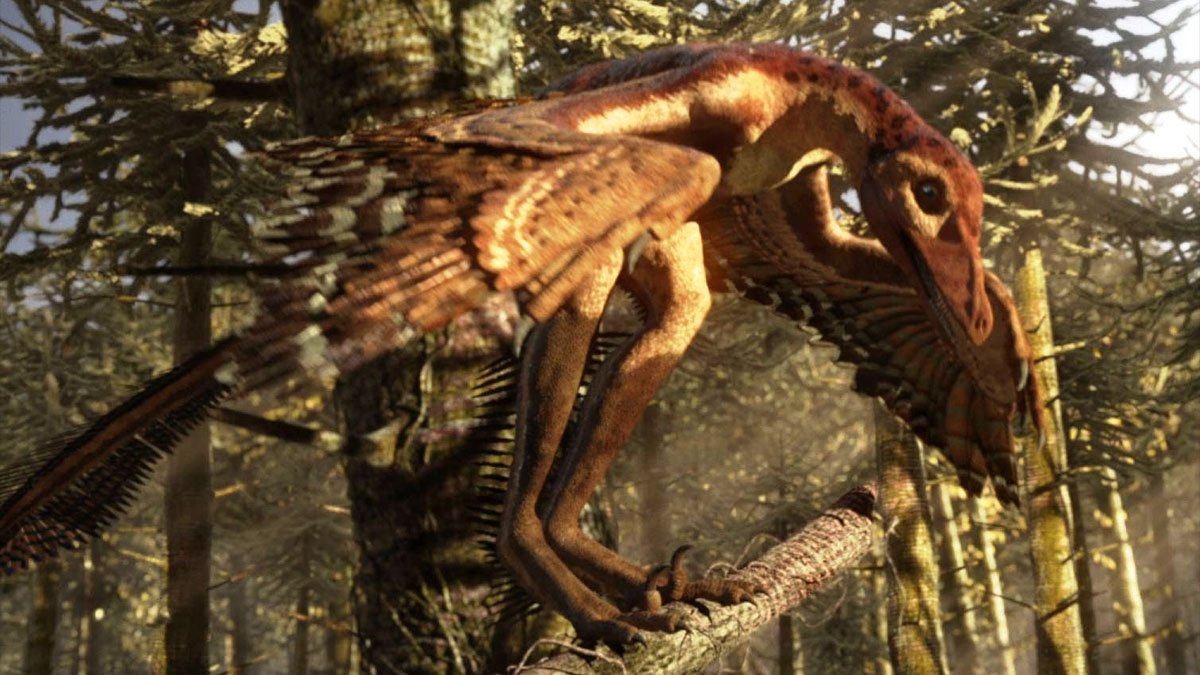predatory dinosaurs, now with venom?

Carnivorous dinosaurs were terrifying killing machines, they had to be in a world that would seem alien to us were we to somehow travel back in time. From hands with claws as sharp and long as knives, to giant killing toes that could sink into armored hides with ease, to bites that could crush bone. For example, consider one of the biggest and most dangerous predators of all time, the Tyrannosaurus Rex. His jaws are thought to have generated a menacing 7,000 pounds of force, sinking his banana-sized teeth deep into its prey which makes it pretty clear how this Cretaceous monster would’ve hunted and what beast were likely to be on its menu.
But what about smaller predators? Did they have another trick up their sleeve, something to compensate for a lack of heft or punishing jaws that could crumple car doors with a slight effort? This is where a little feathered raptor called Sinornithosaurus comes into play. According to a team of researchers, its skull bears some very distinct features one would expect to find in a creature with a venomous bite. It’s recurved teeth could hold on to struggling prey and its jaws housed what seem to be pockets from venom glands and channels running to the bases of its fangs. The anatomy of Sinornithosaurus’ mouth bears an uncanny resemblance to venomous snakes and lizards thought to be evolutionary relatives of dinosaurs. The conclusion? This little raptor used its venom to hunt birds of the in the forests of Northeastern China some 125 million years ago and the evidence opens the door to consider entire generations of feathered, venomous raptors roaming the primeval Earth.
Still, while no one denies that some dinosaurs could’ve been venomous, there are paleontologists who want more evidence than just similarity to the jaws of known reptiles with a toxic bite. As noted by Ed Young, there are some unusual anatomical features in the Sinornithosaurus’ mouth which could muddle the case for its use of venom. However, since we’re comparing how it may have used venom to how animals today use this predatory tool, we could chalk up the differences to the evolutionary trial and error over the millions of years. In all fairness, due to the rarity of fossils and the sheer difficulty of finding adequately preserved remains of such an ancient animal, there’s only so much evidence we could feasibly collect. Even if we try to analyze the jaw of a Sinornithosaurus for the chemical traces of venom it’s unlikely to yield any clues since all of the proteins and amino acids required to make the toxin would’ve decayed eons ago, leaving few, if any, clues.
See: Gong, E., et. al, (2009). The birdlike raptor Sinornithosaurus was venomous Proceedings of the National Academy of Sciences DOI: 10.1073/pnas.0912360107





